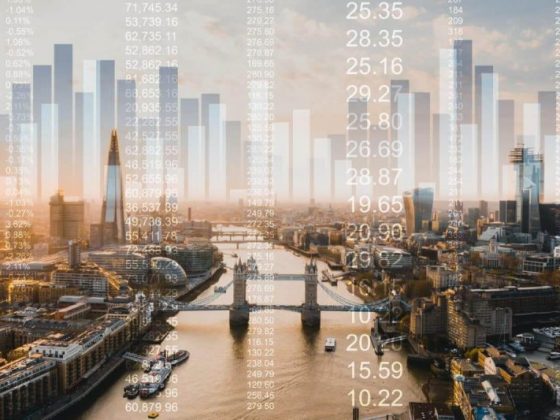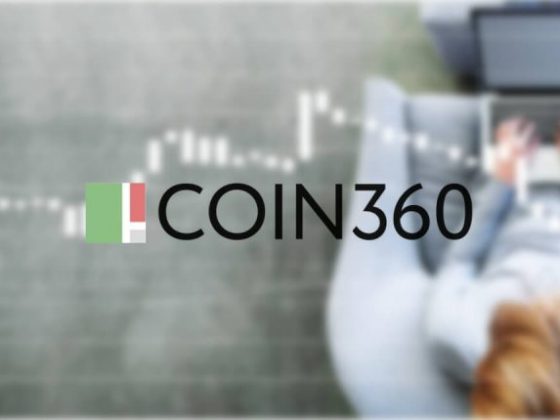The New Silk Road: Bridging Continents Anew
As the world spins tirelessly on its axis, history often takes us on a déjà vu journey, showcasing how past events and strategies resurface in modern guises. The announcement of the India–Middle East–Europe Economic Corridor (IMEC) and the strategic re-alignments it heralds serve as a vivid illustration of this phenomenon. This narrative doesn’t merely revisit the ancient trade routes but also redefines contemporary geopolitical alliances, blending the old with the new in a fascinating dance of diplomacy and economic ambition.
From Mumbai to Piraeus: IMEC’s Ambitious Path
The unveiling of the IMEC marks a historic moment. It evokes memories of the ancient Silk Road, which once linked Asia with Europe. This ambitious project aims to revive and modernize these historic connections. It also promises to create a bridge across the Indian subcontinent, the Middle East, and Eurasia. This will be achieved through a network of railways and shipping lanes.
The envisioned infrastructure is extensive. It spans from the United Arab Emirates and Saudi Arabia to Jordan. It also connects ports from Mumbai to Jebel Ali and from Haifa to Piraeus. The goal is to facilitate trade. The venture also aims to enhance economic integration, and knit together diverse cultures and economies. This will create a web of mutual prosperity. This initiative represents a bold step. It reimagines old trade routes as veins of a new global economy. These routes will pulsate with the lifeblood of commerce and cooperation.
India’s Leap: From Import to Global Linkages
India’s journey from a self-reliant economy, focused on import substitution in the 1990s, to an outward-looking powerhouse seeking connectivity with the West, marks a significant transformation. This shift reflects India’s strategic foresight in recognizing the importance of global linkages for its economic growth and geopolitical standing. By pivoting towards the Arabian Peninsula and the broader Middle Eastern region, the country is seeking economic opportunities. It is also strategically positioning itself as a counterweight to China’s influence. This strategic evolution signifies India’s transition from a regional player to a global power, keen on shaping the international order in the 21st century.
Reconnecting with the Arabian Peninsula: Strategic Imperatives
India’s recent strategic pivot towards the Arabian Peninsula represents a calculated move. It is driven by a desire to enhance regional stability. Additionally, India aims to secure its interests against China’s rising influence. By fostering closer ties with countries in the Middle East, the country pursues several objectives. It aims to secure its energy supplies and open new markets for its goods. Furthermore, it seeks to gain strategic depth in a region pivotal to global geopolitics.
This approach goes beyond mere transactions. It reflects a deep understanding of the historical and cultural linkages between these regions. Through this re-engagement, India is crafting a narrative, with the latter focusing on cooperation and mutual growth. Consequently, India positions itself as a stabilizing force in the region.
India-US: A New Era of Strategic Partnership
The burgeoning partnership between India and the United States, highlighted by the warm interactions between leaders at international summits, epitomizes the shifting sands of global alliances. This relationship, cultivated over the years, has matured into a strategic partnership that goes beyond mere diplomatic niceties. It signals a mutual recognition of the strategic imperatives that bind the two democracies—a shared concern over China’s assertiveness, the pursuit of a free and open Indo-Pacific, and the convergence of economic interests. This Indo-American alliance is redefining the strategic landscape of the 21st century. It is also underscoring the diminishing importance of Pakistan in the US’s strategic calculus and heralding a new era of cooperation.
US Policy in ME: Offshore Balancing Act
Under President Joe Biden, the United States has subtly but significantly recalibrated its Middle East policy. Moving away from the interventionist policies of the past, the US now emphasizes offshore balancing—maintaining its strategic interests through naval and air power rather than ground forces. This shift towards “avoiding boots on the ground” reflects a broader trend towards engaging with the region in a manner that is sustainable, respects sovereignty, and prioritizes diplomatic engagement over military intervention. This recalibration is not just strategic but also pragmatic, recognizing the complexities of Middle Eastern politics and the importance of building partnerships that respect the region’s dynamics.
The New Quadrilateral: Forging Minilateral Ties
The formation of the India-Israel-UAE-US minilateral arrangement marks a significant milestone in international diplomacy. This innovative partnership reflects a 21st-century approach to global challenges, where flexible, issue-based alliances can address specific strategic and economic concerns. It signifies a recognition of the interconnectedness of security and economic prosperity and the importance of engaging emerging powers like India in regional security architectures. This arrangement also highlights the shifting focus of global alliances, where economic interests and security concerns intersect, creating new paradigms of cooperation.
Gaza Tensions: Challenge for Regional Projects
The ongoing tensions in Gaza represent a significant challenge to the ambitious visions of projects like IMEC. Regional conflicts pose real obstacles. These conflicts have deep historical roots and complex political dimensions. They hinder the seamless implementation of cross-regional economic corridors. These tensions underscore the need for diplomatic finesse and strategic patience. They remind stakeholders of an important fact. Economic initiatives must go hand in hand with efforts to address underlying political and security issues. The path to regional integration and cooperation is fraught with challenges. However, it is through navigating these difficulties that lasting progress can be made.
Historical Echoes: Partition and Geopolitical Rifts
The partition of the Indian subcontinent in 1947 disrupted historic trade routes. Additionally, the foiled outreach to Iran due to geopolitical tensions stands as a poignant reminder. These events underscore the enduring impact of political divisions on economic ambitions. Besides, they highlight the complex interplay between politics and economics. These historical events serve as reminders. They show us that the road to connectivity and cooperation is often winding. It requires a careful balance.
The Gulf’s Investment Odyssey: Beyond Petrodollars
The Gulf countries’ quest for new investment avenues reflects a broader trend of diversification and globalization. Faced with the need to ensure sustainable economic futures beyond oil, these countries are exploring new economic partnerships and investment opportunities. The IMEC project, in this context, represents an alignment of interests, offering a platform for mutual economic benefit and strategic cooperation. This search for new investment horizons is a testament to the evolving economic landscape of the Middle East.
History’s Cycle: Bridging Past, Present, Future
The unfolding narrative of the IMEC and the strategic realignments it entails encapsulates the cyclical nature of history. We are witnessing the revival of ancient trade routes, like Silk Road. At the same time, countries are re-configuring global alliances. These events remind us of the enduring quest for connectivity, prosperity, and strategic stability. These developments are rooted in the present. However, they draw heavily from the past, while offering a bridge to a future. In this dance of history, the steps may change. Yet, the music remains the same. It is a melody of human ambition and resilience. It represents the unending pursuit of a better world.
The post The New Silk Road: Bridging Continents Anew appeared first on FinanceBrokerage.


